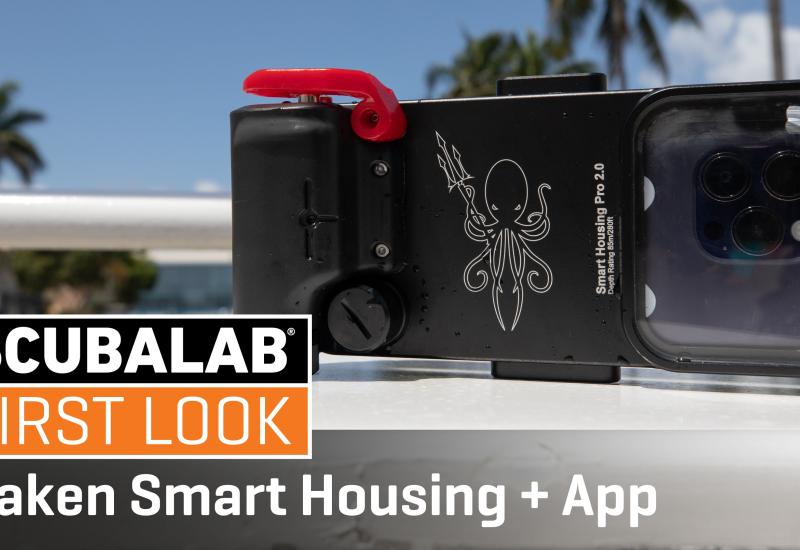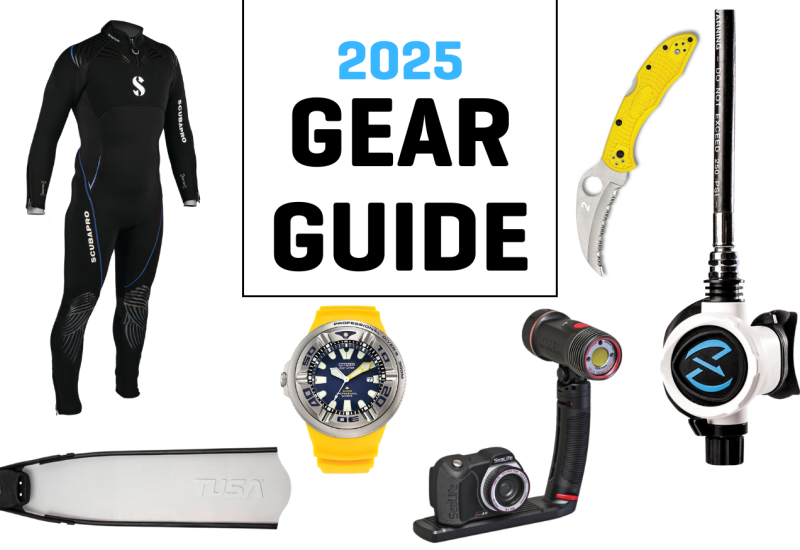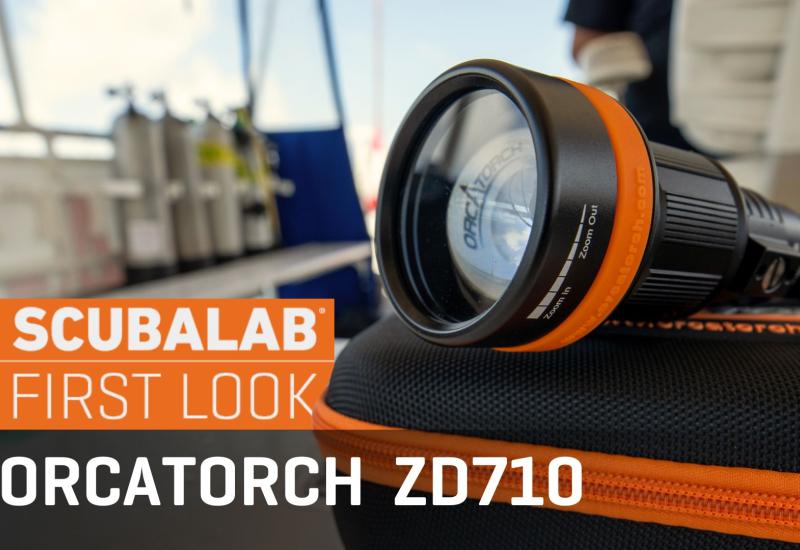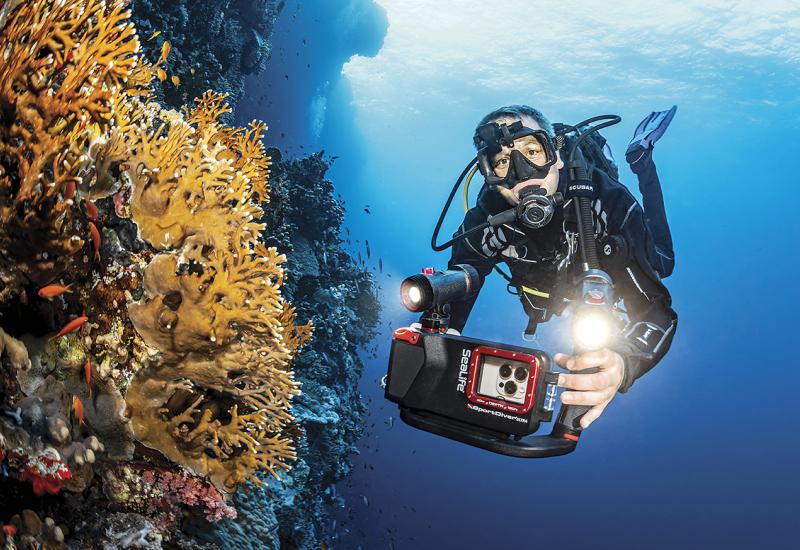Diver's Home Maintenance Kit: 15 Must-Have Items

Zip/Cable Ties
Vlad via Wikimedia Commons
Scuba diving is an equipment intensive sport, and your gear can be a fickle ally. Assembling a collection of dive gear-specific tools and spare parts to deal with basic maintenance and minor emergencies will help keep you ready to hit the water at a moment’s notice. Here’s an example of a maintenance kit inventory:
1. Adjustable wrench. For hose connections. Actually, open-end wrenches are better for this because they are less likely to flatten out the fittings, but if you’re careful a single adjustable wrench is a lot simpler to use and to store.
2. Allen wrenches. For removing and replacing first stage high-pressure and low-pressure port plugs. A basic kit would have a 3/16 and 5/32, and on most modern regs you’ll only need the smaller size.
3. An assortment of high- and low-pressure port plugs. For when you inevitably drop/lose one.
4. A jewelers screwdriver set. For dealing with those teeny-tiny screws on computer casings, consoles and compass attachment flanges.
5. A set of replacement O-rings. In a variety of sizes to handle a variety of applications, from cylinder valves to computer battery compartments.
6. A dental pick. For removing O-rings. Some dive stores and drug stores sell them. If you’re on friendly terms with your dentist you might be able to score an old one—a worn-out dentist’s tool is plenty good for scuba use.
7. Extra cable ties. For when it comes time to replace the mouthpiece on your regulator, or myriad other attachment projects.
8. AquaSeal. For patching holes in wetsuits, drysuits, gloves and BCs. It works on neoprene, nylon, hypalon, urethane, rubber, just about anything you might run across in diving.
9. A selection of lubricants. In stick, grease, spray and powder forms. This can include paraffin and beeswax, silicone and talc, as well as products for specific tasks, to lubricate anything from drysuit zippers to metal threads to O-rings to latex seals.
10. Q-tips and old toothbrushes. To scrub dirt off before lubricating, and for getting silicone grease into those hard-to-reach spots.
11. Disposable lighter. For burning the ends of nylon webbing or cords that inevitably start fraying after repeated use.
12. Needle-nose pliers. For grabbing hold of webbing when threading through backpacks and harnesses, or when attaching hardware.
13. Philips and flathead screwdrivers. Because a time will always come when you need one of these
14. Soap. A mild general detergent or a purpose-built product that will not attack silicone, neoprene, nylon or Dacron for cleaning, disinfecting and deodorizing wetsuits, booties and gloves, BCs, masks and snorkels. If all else fails, there’s always baking soda.
15. Washtub. For washing the salt and sand out of your gear, and more importantly, to enable you to do a follow-up soak. Soaking, as opposed to spraying with a hose, is by far the more effective method for dissolving salt crystals and cleaning those impossible-to-reach spots behind knobs and beneath straps and hardware.
For a step-by-step guide to maintaining your gear in tip-top shape, read Gear Maintenance Made Easy.
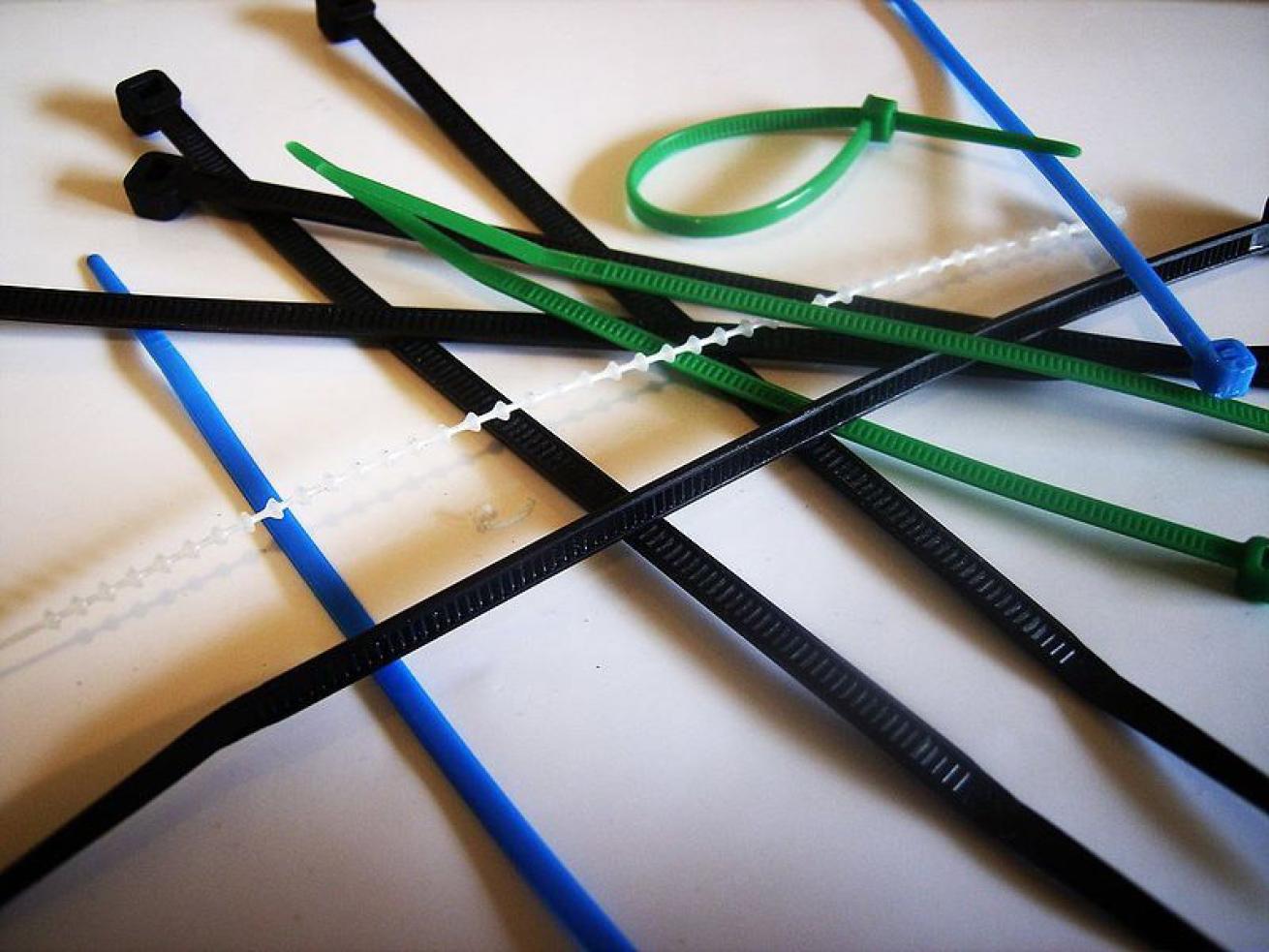
Vlad via Wikimedia Commons
Scuba diving is an equipment intensive sport, and your gear can be a fickle ally. Assembling a collection of dive gear-specific tools and spare parts to deal with basic maintenance and minor emergencies will help keep you ready to hit the water at a moment’s notice. Here’s an example of a maintenance kit inventory:
1. Adjustable wrench. For hose connections. Actually, open-end wrenches are better for this because they are less likely to flatten out the fittings, but if you’re careful a single adjustable wrench is a lot simpler to use and to store.
2. Allen wrenches. For removing and replacing first stage high-pressure and low-pressure port plugs. A basic kit would have a 3/16 and 5/32, and on most modern regs you’ll only need the smaller size.
3. An assortment of high- and low-pressure port plugs. For when you inevitably drop/lose one.
4. A jewelers screwdriver set. For dealing with those teeny-tiny screws on computer casings, consoles and compass attachment flanges.
5. A set of replacement O-rings. In a variety of sizes to handle a variety of applications, from cylinder valves to computer battery compartments.
6. A dental pick. For removing O-rings. Some dive stores and drug stores sell them. If you’re on friendly terms with your dentist you might be able to score an old one—a worn-out dentist’s tool is plenty good for scuba use.
7. Extra cable ties. For when it comes time to replace the mouthpiece on your regulator, or myriad other attachment projects.
8. AquaSeal. For patching holes in wetsuits, drysuits, gloves and BCs. It works on neoprene, nylon, hypalon, urethane, rubber, just about anything you might run across in diving.
9. A selection of lubricants. In stick, grease, spray and powder forms. This can include paraffin and beeswax, silicone and talc, as well as products for specific tasks, to lubricate anything from drysuit zippers to metal threads to O-rings to latex seals.
10. Q-tips and old toothbrushes. To scrub dirt off before lubricating, and for getting silicone grease into those hard-to-reach spots.
11. Disposable lighter. For burning the ends of nylon webbing or cords that inevitably start fraying after repeated use.
12. Needle-nose pliers. For grabbing hold of webbing when threading through backpacks and harnesses, or when attaching hardware.
13. Philips and flathead screwdrivers. Because a time will always come when you need one of these
14. Soap. A mild general detergent or a purpose-built product that will not attack silicone, neoprene, nylon or Dacron for cleaning, disinfecting and deodorizing wetsuits, booties and gloves, BCs, masks and snorkels. If all else fails, there’s always baking soda.
15. Washtub. For washing the salt and sand out of your gear, and more importantly, to enable you to do a follow-up soak. Soaking, as opposed to spraying with a hose, is by far the more effective method for dissolving salt crystals and cleaning those impossible-to-reach spots behind knobs and beneath straps and hardware.
For a step-by-step guide to maintaining your gear in tip-top shape, read Gear Maintenance Made Easy.

